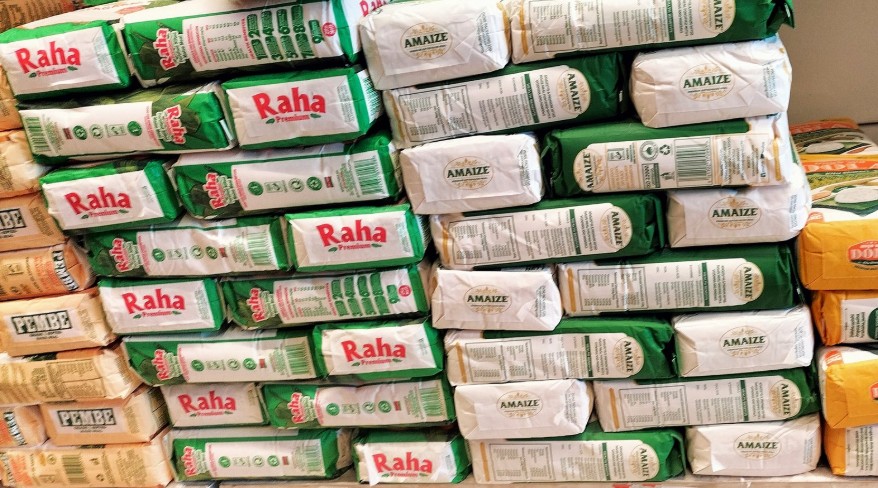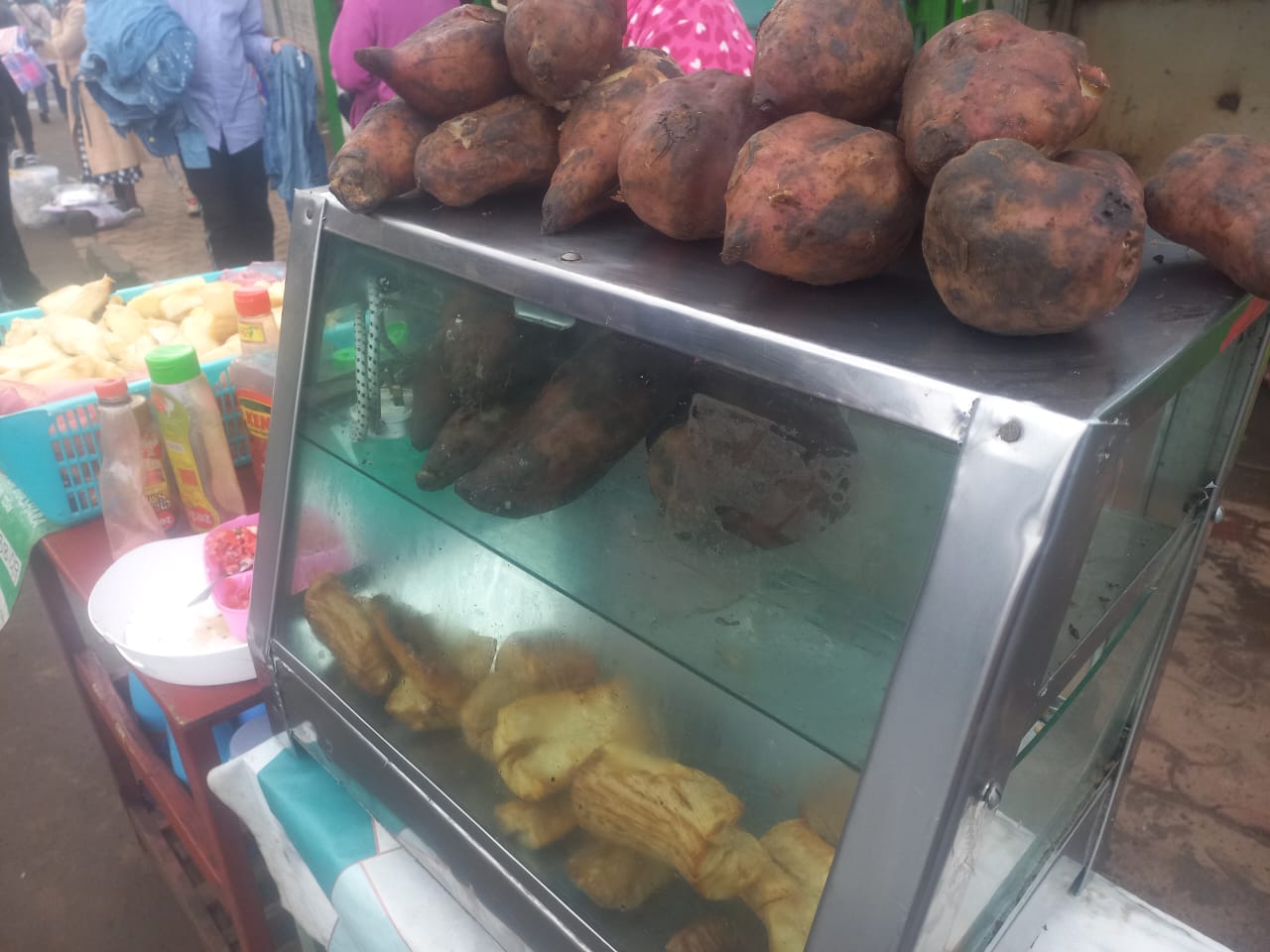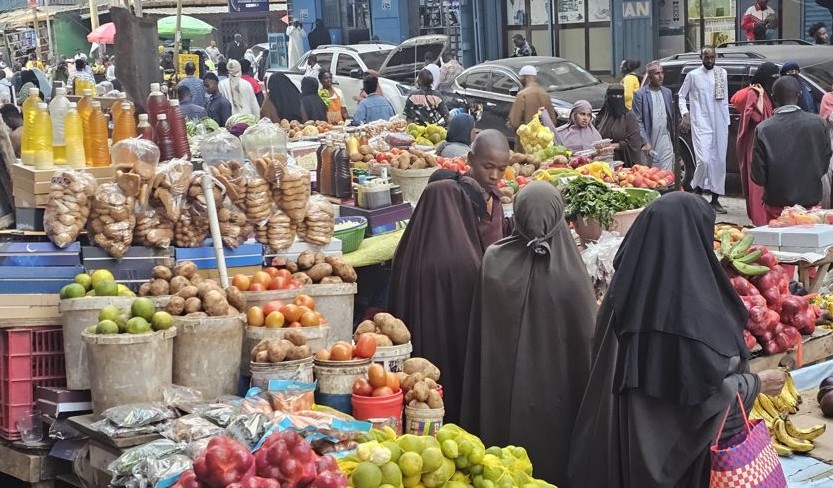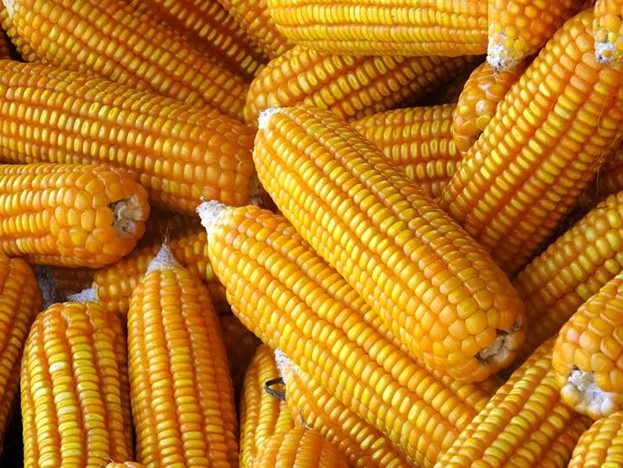Maize flour prices rise as local supply shrinks amid rising demand

The surge in prices comes months after President William Ruto expressed confidence that Kenya was on track to achieving food security and stability, with maize production set to reach record levels.
The price of maize flour has surged in the past five months, with consumers facing higher costs due to dwindling domestic maize stocks and rising demand.
Data from the Kenya National Bureau of Statistics (KNBS) shows the average price of a two-kilogramme packet reached Sh165.05 in March, the highest in 13 months, reflecting a 2.94 per cent increase from February and 14.11 per cent from October.
More To Read
- Kenya elected to sit on UN Human Rights Council despite opposition from rights groups
- Ruto praises Ford Foundation at UNGA despite earlier claims of funding protests
- Leaders at climate meetings in New York warn of growing mistrust between nations
- Ruto warns of last-minute rush to implement UN SDG goals
Flour millers have attributed the renewed price pressure to falling domestic maize supplies, which has forced them to rely on imports from Tanzania.
“Farmers are holding minimal stock (of maize grain), while traders are speculating on price increases,” the chief executive of the Cereal Millers Association (CMA) Paloma Fernandes told the Nation.
“[Animal] feed millers are competing for the same maize supply as no waiver has been gazetted for imported feed maize, further increasing demand.”
The increasing demand for maize amid a shrinking local supply has pushed the cost of a 90-kilogramme bag of maize up by as much as 26.47 per cent compared to December.
CMA noted that the rise in flour prices is proportional to the increase in the cost of maize grain, meaning millers are passing on the bulk of the additional cost to consumers.
The surge in prices comes months after President William Ruto expressed confidence that Kenya was on track to achieving food security and stability, with maize production set to reach record levels.
In his State of the Nation Address last November, Ruto highlighted the government’s interventions, including subsidies on fertiliser and seeds.
“Our efforts to secure food security and stability are already bearing fruit. Since February, we have distributed subsidised fertiliser to 6.45 million registered farmers in 45 counties, enabling them to increase their yields,” Ruto said.
“This intervention will see a projected increase in maize production to a record of 74 million 90-kilogramme bags.”
If realised, this would represent a 55.46 per cent increase over the 47.6 million bags harvested in 2023.
However, the current trends in the market suggest a reduced supply compared to last year, raising concerns about the country’s food security despite the government’s efforts.
In March 2025, Kenya’s overall year-on-year inflation rate, as measured by the Consumer Price Index (CPI), stood at 3.6 per cent. KNBS notes that this marked a slight increase from the 3.5 per cent recorded in February 2025.
It adds that the month-to-month inflation rate for March 2025 stood at 0.4 per cent.
According to KNBS, the rise in annual inflation was mainly driven by increases in the prices of commodities under specific categories of the Classification of Individual Consumption by Purpose (COICOP).
Notably, the Food and Non-Alcoholic Beverages Index rose by 6.6 per cent over the last 12 months (March 2024 - March 2025), while the Transport Index increased by 1.5 per cent in the same period.
The CPI serves as a key macroeconomic indicator, reflecting price movements and informing policy decisions.
It measures the weighted aggregate change in retail prices paid by consumers for a basket of goods and services.
Year-on-year inflation compares the current situation to the same period in the previous year, providing valuable insights for economic decision-making.
Top Stories Today


















